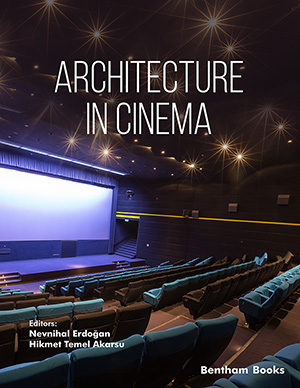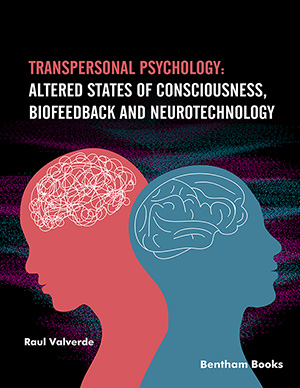Abstract
Events and plots in cinema occur in relation to time and space. The script
also changes accordingly. The idea that is aimed to be narrated in the film is conveyed
to the audience not only through the script but also through space. The director
emphasizes the idea of using space. By being situated at the intersection of architecture
and cinema, the notion of space connects these two disciplines, constituting their
foundation. Both cinema and architecture take experience and life as their concern.
They also include symbolic connections without withdrawing from space-place-time.
Concepts such as houses, streets, cities, windows, doors, and stairs qualify for spatial
images and are used for creating context in cinema. At this point, the study aims to
evaluate the interaction between cinema and space/architecture and how an
architectural element “a window” transforms from its main function into a tool of
observation. It illuminates different spaces and lives although an analysis of Alfred
Hitchcock’s film Rear Window.
Rear Window holds an important place in the history of cinema, with features such as
the story being set in a number of apartments that are situated around a courtyard; the
protagonist Jefferies identifying the rear window of his apartment with a cinema screen
and therefore identifying the protagonist with the audience; shooting the film from the
room of the protagonist/a limited space with special techniques; paying attention to the
decoration so that it will reflect the most significant features of the character; and
inclusion of a number of themes such as love, murder, and detecting.
In order to establish the relationship between cinema and architecture, the study
focuses on the meanings that are attributed to the spatial organization of the film set,
the spaces that the characters in the film spend their lives in, and architectural elements
such as doors, walls, and stairs, particularly the windows.
Keywords: Alfred Hitchcock, architecture , architectural element, apartment, cinema, courtyard, daily life, design, inner-outer space, james Stewart, L. B. Jefferies, murder, observation, private life, rear Window, shared life, social relations, space, thriller, window.







